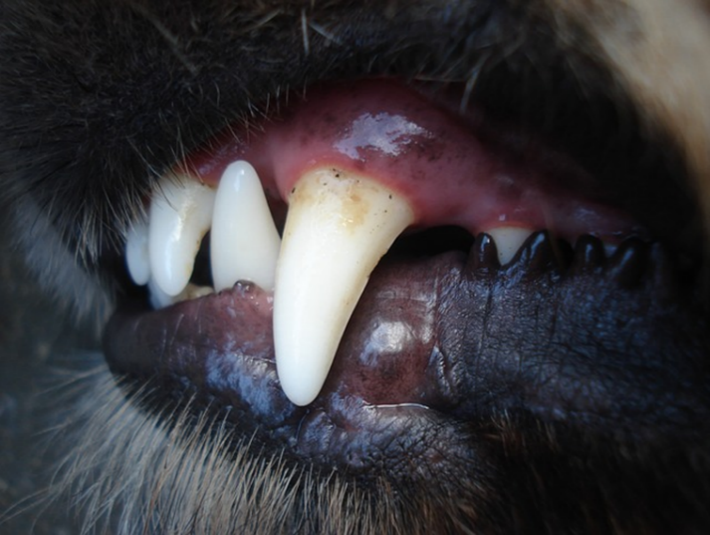As with other pathologies, stress can also be recognized thanks to symptoms, which involve the entire dog's organism:
Behavior
A stressed dog is restless, so he may pant and tremble continuously, react exaggeratedly to stimuli (such as the ringing of the doorbell), appear rigid, bark continuously, destroy objects and spread feces and urine around when left alone or even have altered sexual behavior, with irregular estrous cycles and excessive or absent libido.
Intestinal activity
Diarrhea and vomiting are more frequent in highly stressed dogs.
Nutrition
Stressed dogs may show decreased or increased appetite, a tendency to ingest inedible objects and coprophagia.
Skin
Sandruff, fur loss and dermatitis are more frequent in stressed dogs, who also tend to turn white more prematurely.
Sociality
Stress can reinforce aggressive and pathological behavior, as in the case of animals that obsessively chase their tails or lick their paws incessantly.
Recognizing these anomalies and reporting them to the vet is very important to protect the dog from a situation that can compromise its health, both physical and psychological.
Once stress has been recognised, it will be possible to intervene to eliminate its causes and help the dog to relax: to facilitate this operation without resorting to drugs, you can resort to the natural support of the tasty Calming jellies from KaraDog!





Comments